![]()
![]()
![]()
Use LEFT and RIGHT arrow keys to navigate between flashcards;
Use UP and DOWN arrow keys to flip the card;
H to show hint;
A reads text to speech;
9 Cards in this Set
- Front
- Back

|
Handsaw (Crosscut, rip, or combination) Used to cut wood planks, sheets or panels to desired size. |
|
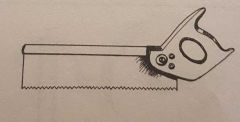
|
Back Saw (Tenon Saw) Primarily used to cut fine joints in wood, as in a tenon, lap, or dovetail. It can also be used in conjunction with a miter box to cut accurate 45- or 90-degree angles. |
|

|
Coping Saw Used in making curved cuts in wood or plastic. |
|

|
Compass Saw (Keyhole Saw) Used to cut holes in a panel. This saw is not restricted to an edge of a workpiece, like the coping saw, because of the lack of a frame. |
|

|
Hacksaw Used to cut metal sheets, pipes, plastics, etc. |
|
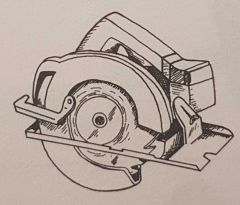
|
Portable Circular Saw Used to cut lumber or plywood to desired size. Saw blades that can be used with this tool are: 1. Cross Cut- cuts across grain of lumber 2. Rip Cut- cuts parallel to the grain of lumber 3. Combination- cuts lumber in any direction 4. Carbide Tipped- cuts particle board or lumber with the primary advantage of teeth remaining sharper for long periods of time 5. Metal Cutting- cuts thin sheets of copper, aluminium and other metals 6. Friction Blade- cuts corrugated sheet metal 7. Abrasive Disk- cuts concrete, marble, etc. |
|
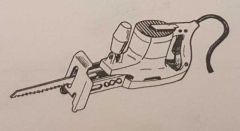
|
Reciprocating Saw Used in much the same way as a hand or compass saw to cut wood, plastic, or thin-gauge metal depending on blade section. |
|
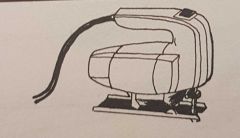
|
Saber Saw (Powered Jigsaw) Used to cut curves in various metals depending on blade selection. |
|
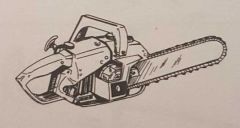
|
Chainsaw Used to fell timber and cut logs to desired lengths. |

